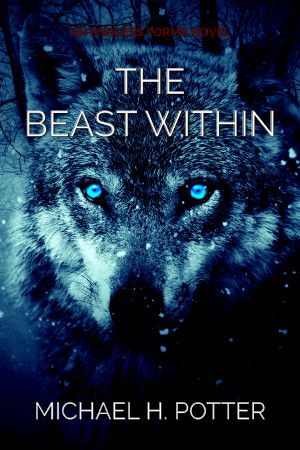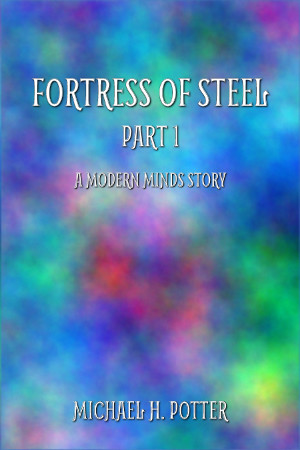It’s time for some more 🖼🗣. Last time around, you may remember that we looked at the vast collection of emoji in the Unicode standard (as of version 12). Most of them, not counting the numerous variations allowed by gender, skin tone, and hair modifiers, have some sort of meaning in our script.
Now it’s time to put them to use in making not just words, but phrases, sentences. We’ve been doing that already, of course; parts 2 and 3 were dedicated to that. Here, though, we’ll delve deeper into the nuances. And we’ll take it one step at a time.
Noun phrases
Conveniently enough, most words in 🖼🗣 are nouns, so we’ve got a lot to work with here. (Since emoji are icons, and it’s a little difficult to have an icon that represents something abstract, it’s only natural.)
To start off, remember that our script doesn’t have articles. There’s no “a” or “the” in 🖼🗣. They’re not needed. (Plenty of languages around the world get by without them, after all.) The meaning is implied; if you really need to specify something definite, then the demonstrative pronoun 👇 can provide a similar function. It’s not exactly the same, as it actually means something closer to “this” than “the”, but you get the idea.
Numerals are another important part of noun phrases. For us, they’re pretty simple: just use them. For “one”, you write 1. Ordinals, as we saw last time, instead use the “keycap” emoji such as 1️⃣. For ordinals greater than 10, you can compound them: “fourteenth” (the day I’m writing this) is 14.
Everything else is fairly straightforward. Adjectives occur before their head nouns: ⬜ 👨 “a big man”; 🔵 🚗 “the blue car”. Possessives use the apostrophe notation we saw in Part 2, always attaching to the head noun: 3 🤳’🧒 “my three children”; 👇 👴 🤲’🏠 “this old house of ours”. The last traditional component of a noun phrase is a relative clause, which we’ll deal with later.
Before we move on, though, a couple of little extra rules. First, adjectives can’t appear as subjects without a head noun. (They’re fine as predicates, by the way.) Thus, you can use the determiner word ⚪ as a kind of “empty” noun in these cases: 2️⃣ ⚪ “the second one”. This is not the same as converting an adjective to a noun; that’s why ⚪ is a separate word here.
Second, you’re allowed to use a verb as a head noun in a very specific circumstance. Linguists call it an action nominal, but you can think of it as something like the English gerund phrase. It must be as part of a possession construction: 🤳’📖 “my reading”; ♂’🛑 🚗 “his stopping (of) the car”. Somewhat obscure, I’ll admit, but it might come in handy.
Verb phrases
Verbs have quite a bit of variance, as we saw in Part 3. But that’s all inflection. At the phrase level there’s not a lot to them. 🖼🗣 doesn’t do much in terms of verbal grammar, because we’re trying to keep things simple.
That said, we do have a handful of auxiliary verbal words. 🙆 and 🙅 indicate permission and prohibition, respectively; they’re equivalent to English may and may not: 💮 🙅 🛫 “you may not go”. Much to the dismay of students, there’s a different can counterpart, ❔➡. That one is only for ability.
Simple negation uses 🚫, so we might say 👁️🗨 🚫 🍴⏯ “I haven’t eaten”.
The imperative is what linguists call direct commands, and we mark it with the suffix ❕, as in 🛑❕ “stop!” Using the appropriate pronouns, we can do a few more tricks with this: 🤲 🛫❕ “let’s go”, 👥 👀❕ “let them see”.
The special compound pronoun 👐↔ means roughly “each other” when used as the object to a verb. We might use it like this: 👨 ➕ 👩 💕➡ 👐↔ “the man and woman love each other”.
Finally, you may be wondering where all the adverbs are. Well, 🖼🗣 doesn’t have a separate class of them. Instead, it just uses adjectives that modify verbs. That’s pretty much what a lot of English speakers do in colloquial language, so it shouldn’t be any problem. ✔ ✍❕ ◻ “write it correctly”, ♀ 👍 🗣 “she speaks well”.
Prepositions
Now we’re only missing one major part of language, and that’s the preposition. Grammatically speaking, those in 🖼🗣 function as adjectives, with the special rule that they always appear at the beginning of a noun phrase; this phrase can then appear after another one or at the end of the sentence, depending on the situation. (It’s not quite free variation, in case you’re wondering. Sentence-final phrases tend to be those that modify a verb.)
Here are some of the most common single-symbol prepositions in our script:
- ⏩ – “after”
- 🆚 – “against”
- ⏪ – “before”
- ➗ – “between”
- ⤵ – “in” or “into”
- ⤴ – “out of”
A lot more are compounds, often using the adjectival suffix 〰:
- ⬆〰 – “above”
- ⬇〰 – “below”
- ⬅⬅ – “from”
- ➡➡ – “to” or “for”
- ➕↗ – “with”
Last, and simplest, is the way 🖼🗣 says at: @. You can use this as a normal preposition: 🤳 👉 @ 🎦 “I’m at the theater”. But it also has a secondary use as a kind of attention-getter for speech, in which case it works as a prefix on a head noun: 🤳 💬◀ @♂… “I said to him…” (The intent here is to emulate @-mentions, as on Twitter and Mastodon.)
To be continued
This post covered the most basic sorts of phrases you’ll find in 🖼🗣, but not the only ones. In the next installment, we’ll look into the more complex clauses: relative, purposive, subordinate, and so on. Sounds hard, I know, but never fear. There’s really not that much to them.



